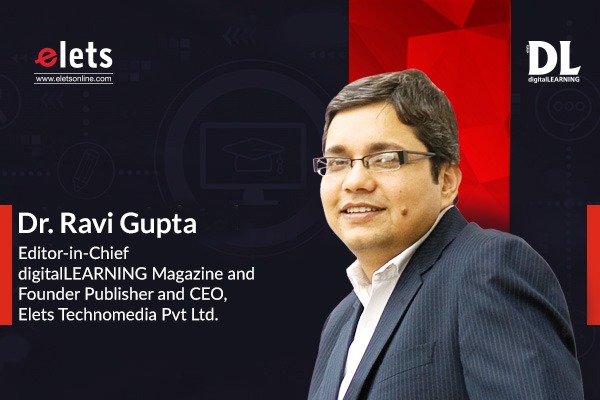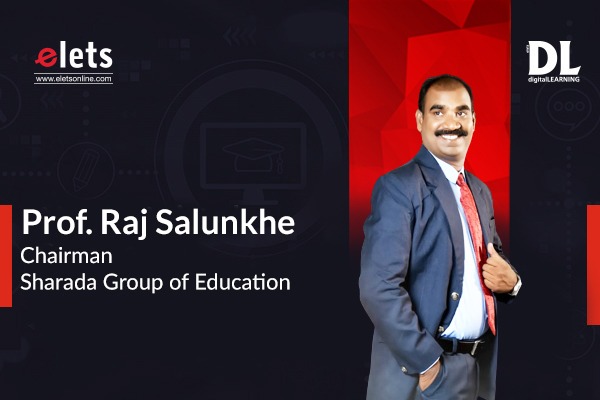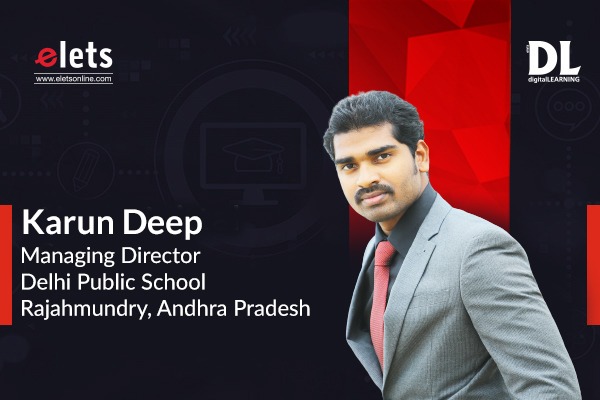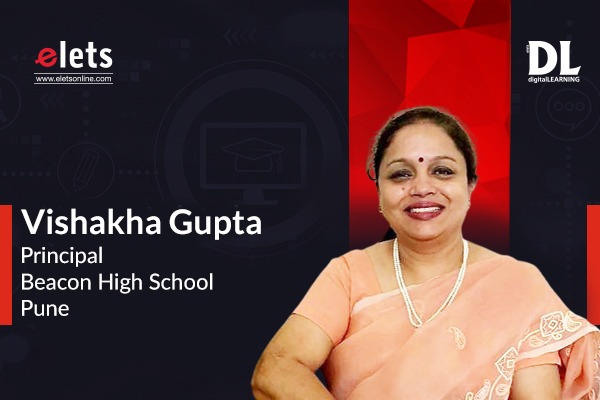Before covid, most teachers, schools and state governments were behind the era in adopting digital education, which was one of the reasons for the growth of direct to parents’ edtech solutions shared Puneet Goyal, Co-Founder, iDream Education with Sheeba Chauhan of Elets News Network (ENN). Edited excerpts:
Tell us about your achievements in terms of ‘Innovation in Education’ during the year 2022.
This year at iDream Education, a major innovation was to integrate in-school learning with at-home learning for a post covid normal.
We developed certain innovations in our iPrep solutions like:
- Offline usage in smart classrooms and online in Labs and at homes
- Working on all major hardware devices including IFPs, Smart TVs, Desktops, Laptops, Tablets, and Mobile Phones
- Integrated reporting on devices with monitoring access to teachers anytime, anywhere.
- iPrep PAL (Personalised Adaptive Learning) to empower students and teachers to cover up the covid induced historical learning gaps
In 2022, we implemented our solutions with the above innovative features in more than 6000 classrooms across government and private schools.
How futuristic technologies are going to transform education in the year 2023?
At iDream Education, we believe that more than futuristic technologies, it would be stable, regular and integrated usage of currently available technologies that shall empower education in 2023. Before covid, edtech usage was majorly happening at homes as a parallel activity to schools.
In 2022, the edtech ecosystem has initiated the adoption of edtech as empowerment to teachers/tutors and schools. In 2023, we expect technology to integrate in-school and at-home learning for students in seamless coordination with teachers/ tutors and schools as the base for all future technologies to drive usage and learning value.
What is the innovation that accelerated the transformation of growth in the education landscape in the year 2022?
One of the key innovations that have accelerated the transformation, is the evolution of solutions that empower teachers, tutors and schools to integrate digital learning to their teaching/learning systems. Post covid, majority of the teachers, schools and state governments are catching up and integrating digital learning as a seamless part of the teaching/learning process, thereby opening up possibilities of transformational changes in learning outcomes in the future.
What is your mission and vision to impact the paradigm shift of education arena in the year 2023?
In 2023, we envision both the private schools and the State Governments integrating digital education seamlessly as a supplement to teachers both in the form of smart classrooms and Learning Platforms/PAL on devices to students.
At iDream Education, our vision and mission is to facilitate universal access to learning and growth.


























